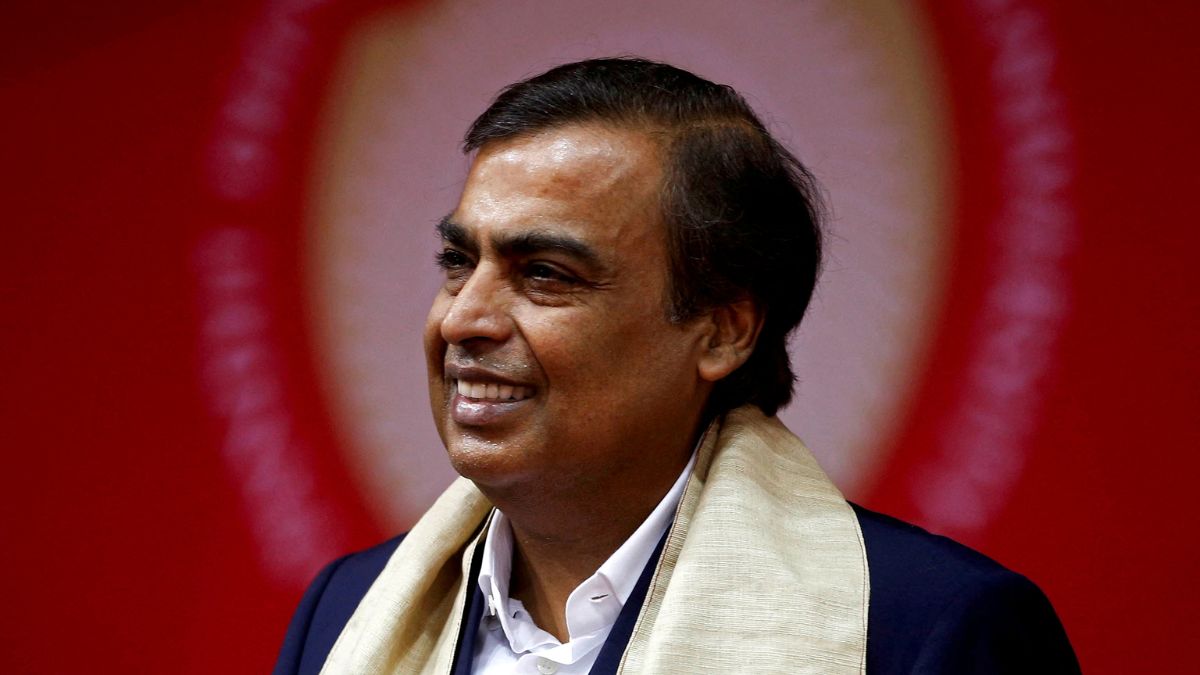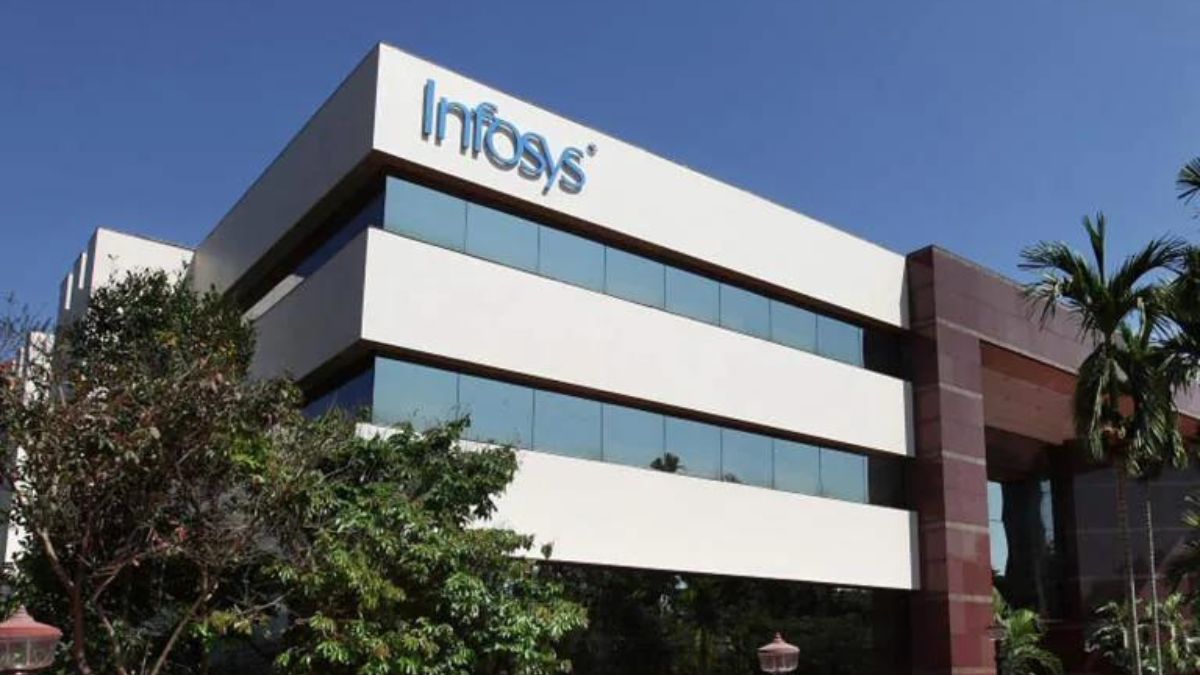While passengers’ angry and shocked reactions are natural as they perceive it as unethical fleecing, there is also another side to the story read more
)
(File) Passengers wait at the Netaji Subhas Chandra Bose International Airport, in Kolkata on 26 May,, 2024. PTI
Cyclone Remal caused significant destruction in West Bengal and also disrupted air travel. The Kolkata airport was closed for 21 hours as a safety measure leading to a steep increase in airfares. According to the Times of India, tickets from Kolkata to Mumbai soared to as much as Rs 79,403.
Airlines took advantage of the situation, raising prices significantly. This practice has led to questions about the fairness and ethics of such price hikes during emergencies.
The Canadian experience
In August last year, Canadians took to social media to express their frustration over the significant increase in flight prices out of Yellowknife coinciding with evacuation orders due to severe wildfires. The cost of flights reportedly surged up to ten times the usual rates.
A Reuters report highlighted that airlines determine ticket prices based on factors such as the timing of the purchase and the level of demand. Chris Amenechi, the founder of SeatCash, a startup that forecasts future flight prices for subscribers, explained that airlines allocate a certain number of seats to each fare tier. When demand spikes the lower-priced seats quickly sell out leaving only the higher-priced options available.
Amenechi, a former commercial airline executive noted that pricing systems are not designed to recognise disasters, necessitating manual intervention by airlines. In a region like Yellowknife, where flights are limited, the scarcity of available seats can lead to exorbitant prices. In some cases, only a single first or business class seat may be available, which significantly drives up the cost.
Despite these automated systems, airlines still retain the ability to adjust prices during emergencies. For instance, several US carriers recently offered $19 fares for evacuation flights from Maui to Honolulu to assist those fleeing wildfires. This effort, where at least 114 people died, was described by US aviation analyst Robert Mann to Reuters as an example of airlines acting as good neighbours by manually capping fares to facilitate evacuation efforts.
Soaring airfares during Jat protests
In 2016, a parliamentary committee criticised the Competition Commission of India (CCI) for not taking action while airlines charged excessive fares during the Jat agitation in Haryana and for last-minute bookings. According to a Hindustan Times report, the Parliamentary Standing Committee on Finance expressed concerns about the government’s readiness to address issues like cartelisation, price parallelism and abuse of market dominance.
The committee noted that although the CCI has the authority to investigate anti-competitive behaviour within India and internationally it had been passive until prompted by external complaints. Only after these concerns were highlighted did the CCI start examining the issue of the steep increase in airfares as acknowledged by the parliamentary panel.
Why tickets become expensive suddenly
Airline ticket prices often spike in response to natural disasters due to several factors primarily driven by increased demand and operational challenges. During such events, airlines face a surge in passengers needing immediate travel either to evacuate affected areas or to return home. This heightened demand can lead airlines to increase fares significantly, a practice sometimes criticised as “price gouging.”
For instance, during Hurricane Irma in the US, airlines dramatically increased their prices, with reports of tickets rising from around $547 to over $3,200 for flights out of disaster-hit areas. This price hike is a result of airlines leveraging the urgent demand for flights coupled with limited availability. However, not all airlines adopt this approach. Some like JetBlue during the same hurricane capped their prices at $99 to assist evacuees reflecting a strategic use of game theory to balance profit with public relations and corporate responsibility.
Operational challenges also contribute to fare increases. Natural disasters can disrupt airport operations, damage infrastructure and necessitate rerouting of flights all of which increase costs for airlines.
Moreover, the principles of supply and demand heavily influence ticket prices. When natural disasters occur the demand for flights out of the affected regions skyrockets while the supply of available seats remains limited naturally driving prices up. Airlines also use automated pricing systems that adjust fares based on real-time demand leading to rapid increases as more people book flights in response to an impending disaster.

 3 months ago
12
3 months ago
12
)
)
)
)
)
)
)
)
)
)
)
)
)
)
)
)
)
)
)
)
)
)
)
 English (US) ·
English (US) ·